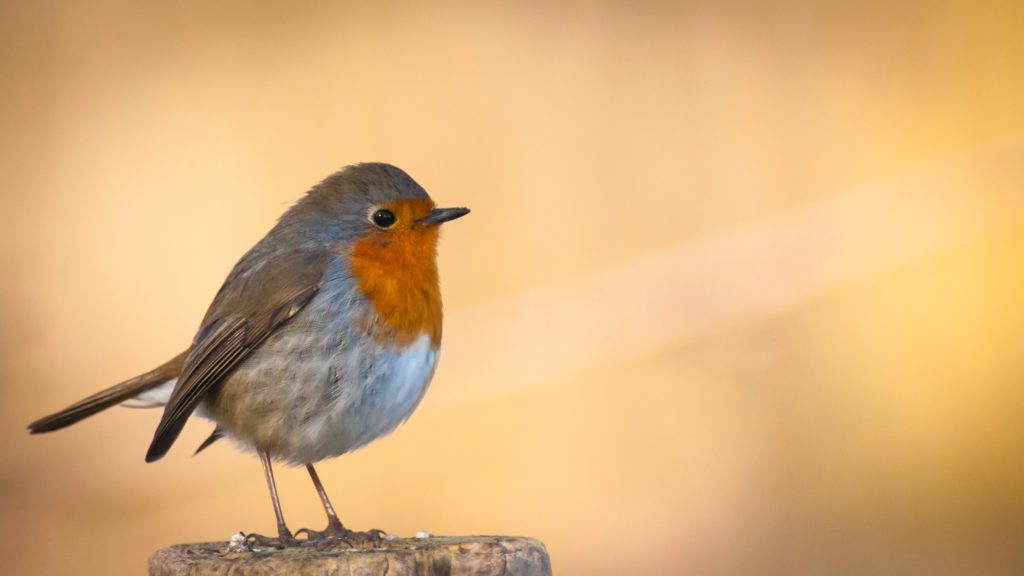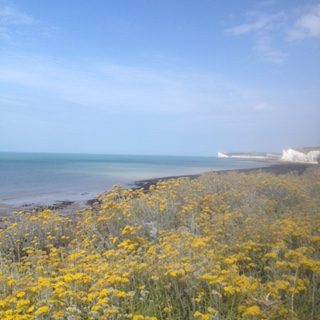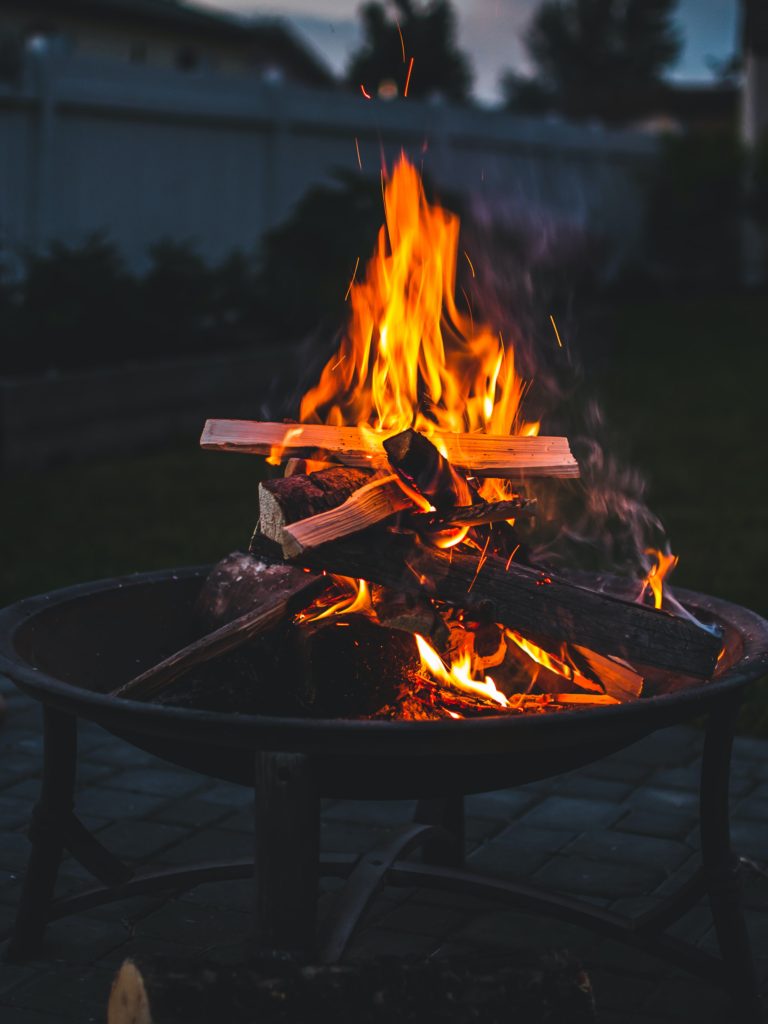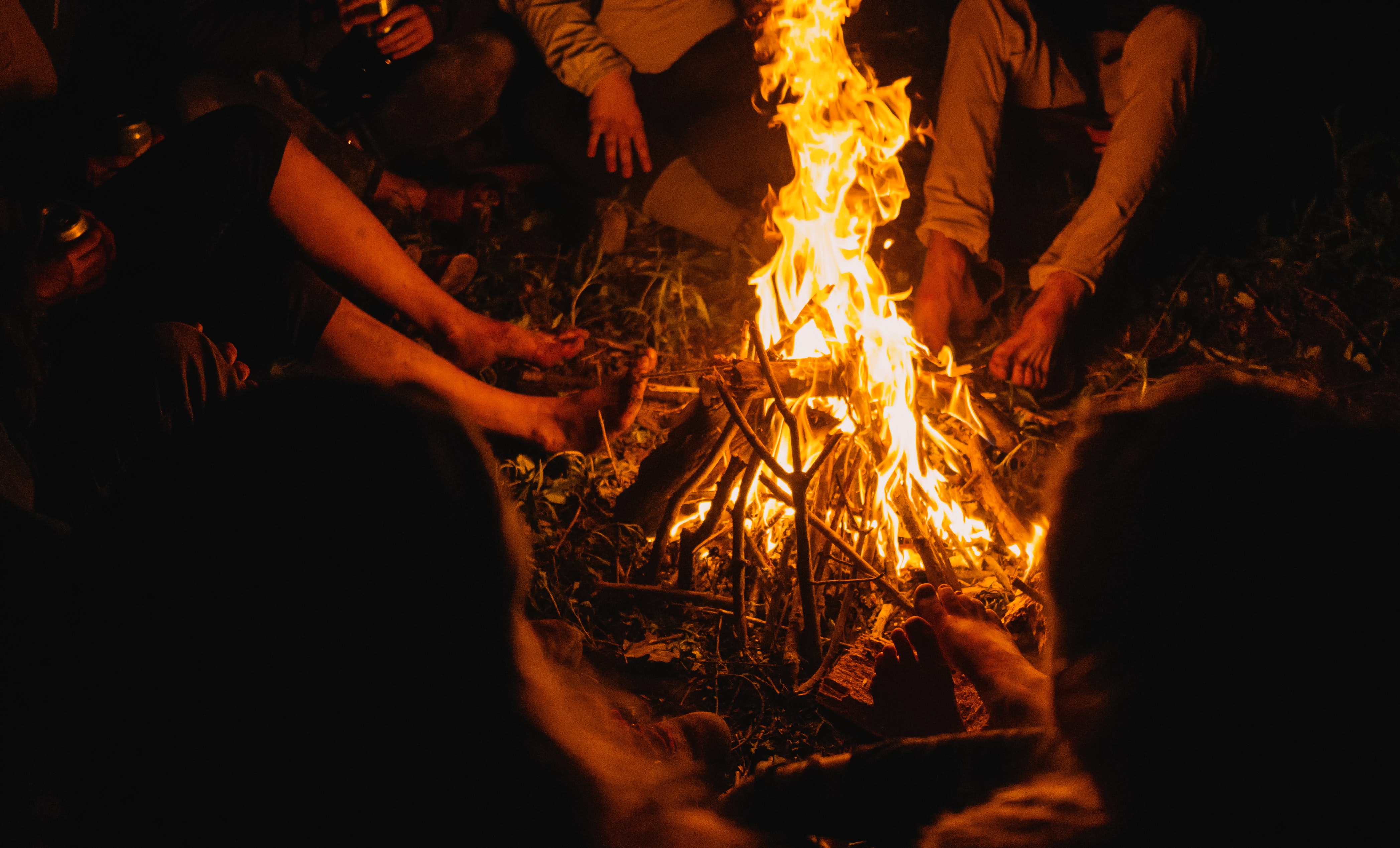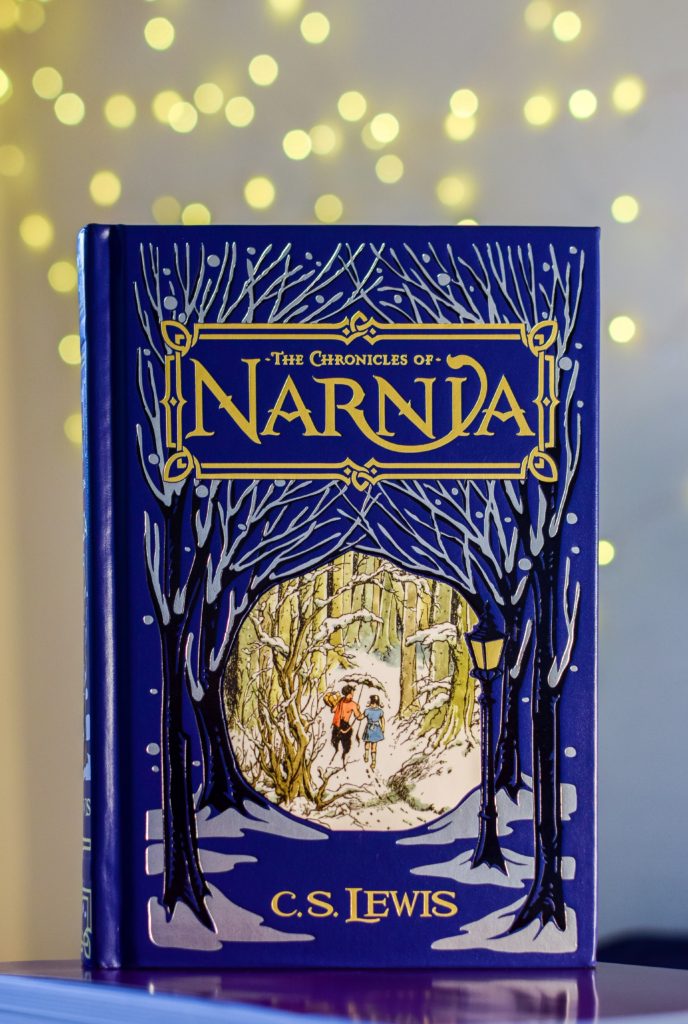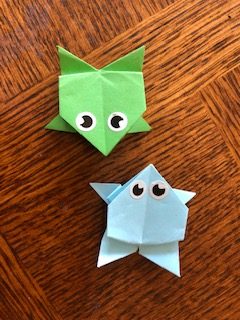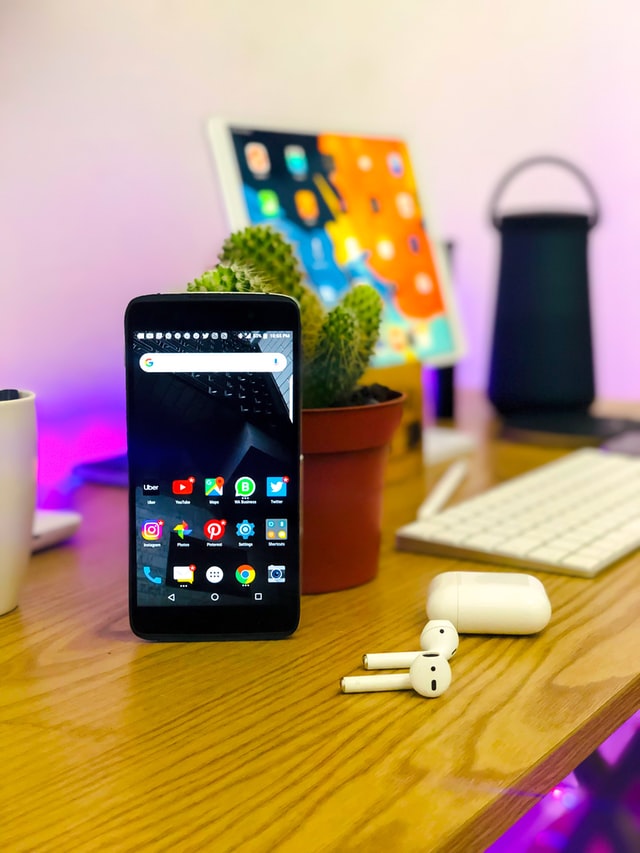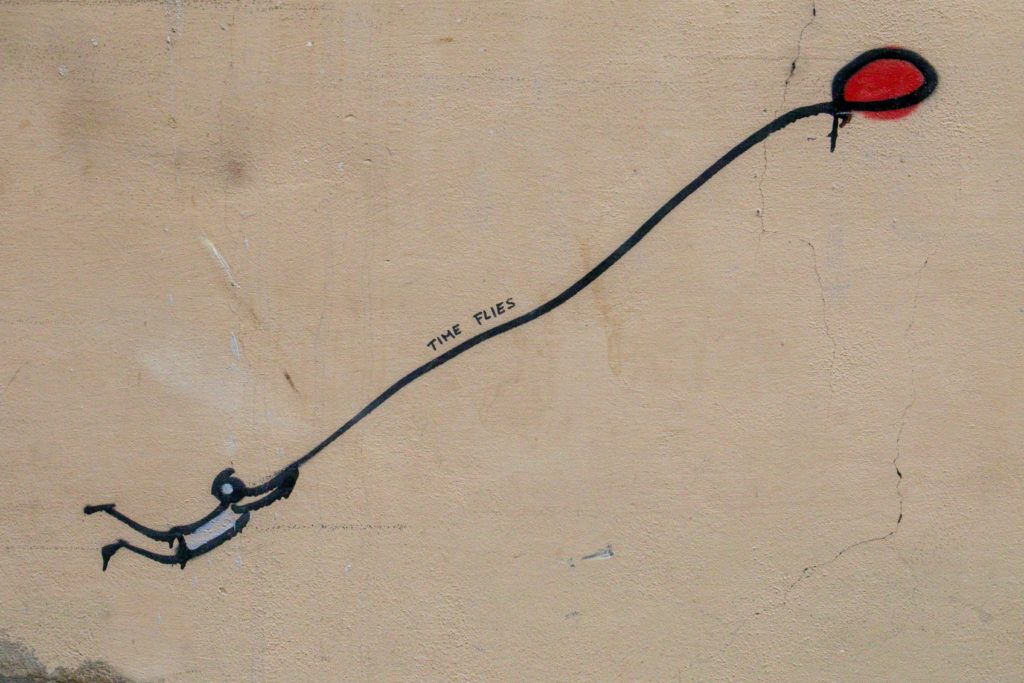MS is a bit like the whack-a-mole game we played at fairs. No sooner have you whacked one symptom back into its hole than another pops up. Not long after fulfilling my long term goal of walking to Belle Tout, I met up with the MS nurse. She was kind and helpful but distressingly diagnosed my troublesome night cough as dysphagia. And yes, it is as horrible as it sounds.
Essentially, it means that I do not have the ability to swallow like healthy folks. Taking my daily vitamins is a struggle; talking while eating impossible (it does improve table manners) and frequently waking to a choking cough is tiresome – literally and metaphorically.
Singing for health
Dysphagia is common in a whole slew of neurological conditions and frequently occurs in old age. Not willing to move onto pureed food any time soon, I wondered if there was something that I could do to delay or avoid its progression. Speech therapy (think throat physiotherapy) is one and singing, it seems is another. When I suggested it to the nurse, she enthusiastically agreed, and so my new experiment has begun.
I’d noticed that my cough occurred not long after I had to give up choir. Re-joining is not really an option with Covid still so prevalent, but I love to sing and if I have to do it alone, well, then I must.
In my investigations into the benefits of singing, I discovered that I am not the only one who would do well with more song in my life. Many of my readers, I know, are committed and excellent singers, but if you are not in their number perhaps the benefits listed below might tempt you to join them.
Stress reduction
Having a good sing, usually makes us feel better and certainly less stressed. The reason? Singing causes a drop in adrenaline and cortisone levels. When we sing we regulate our breathing. Taking deep and measured breaths are exactly what we need when life threatens to overwhelm us and singing does that with the added benefit of mood lifting lyrics.
If we can sing with others, the benefits are even greater. When I attended choir, I think there was as much giggling as singing going on and I left feeling ebullient. It is important that the choir is not overly strict. A community choir which meets just for pleasure will reduce your stress; one that meets for a perfect performance is unlikely to do so.
Don’t worry, be happy
Most of us think of singing when we are happy, but it is something we might consider when we are in the doldrums. Evidence suggests that if you want to improve your outlook – sing a song. It can increase your dopamine levels and release endorphins which will enhance your mood. Dancing and singing together have additional benefits.
Both singing and dancing are aerobic activities giving the lungs and heart an excellent workout and improving the flow of oxygen around the body. They may also help with cognitive function, which relies on a good supply of oxygen to the brain. Learning new lyrics is another good mental exercise.
Singing has even been shown to increase the amount of immunoglobulin A the body produces (up to 150%). This boosts the immune system and helps ward off those pesky, misery producing viruses.
Five a day
Singing for just five minutes a day can bring some of the benefits above. Increase it to fifteen for maximum impact. Like all good habits, I find it easiest to give it a time slot (after language learning and before settling down for the evening) to keep on track. Having fun things to sing also helps and I’ve found a number of great songs on YouTube with lyrics in addition to my old choir notes. One I especially love is ‘Let it go’ from Frozen. I’ve posted it here if you would like to join in!
Lullabies
Finally, singing and listening to song is the perfect way to calm down before sleep. Hermione has lullabies before bedtime and she settles almost instantly. Perhaps your loved ones would like a song too. Why not give it a try?
Source: ‘Singing for health and well-being’ The British Academy of Sound Therapy

